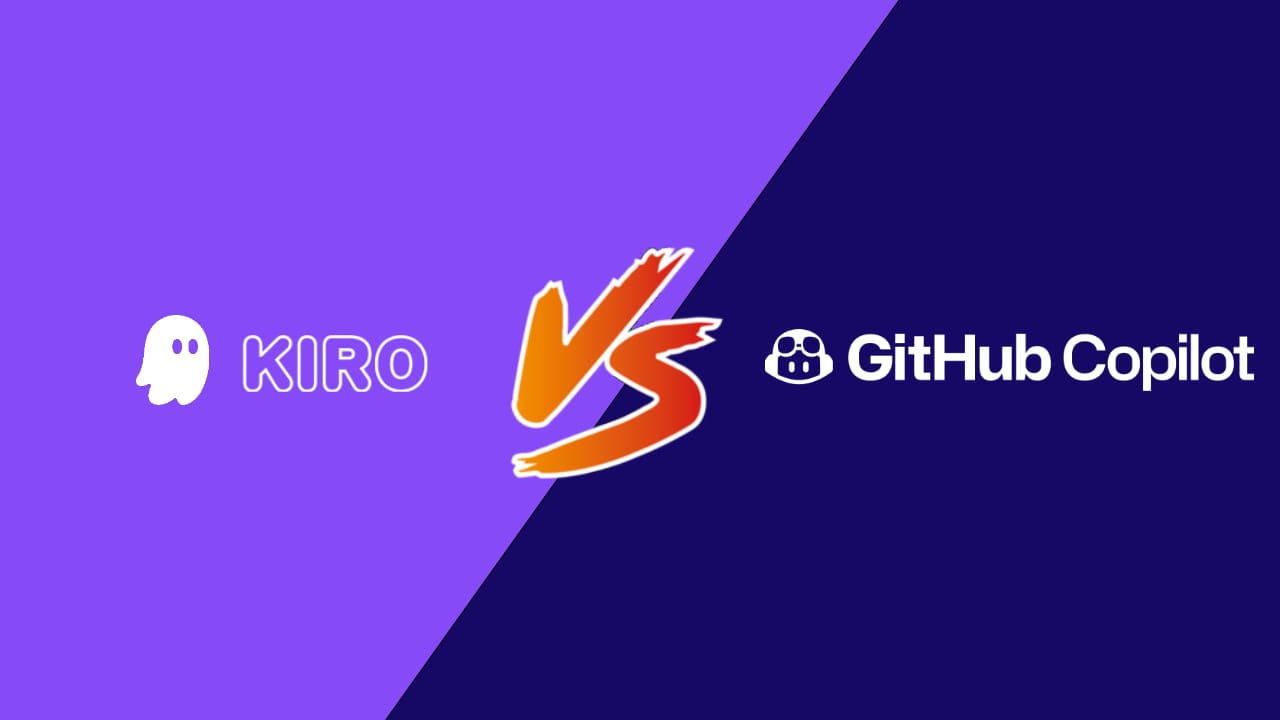Amazon Kiro vs GitHub Copilot: Which AI Dev Tool Wins?

The AI developer tool landscape just got a serious shake-up with the introduction of Amazon Kiro. But how does it compare to the already established GitHub Copilot? And where does Amazon Q fit into the picture?
In this guide, we break down:
- What Amazon Kiro is
- How it compares to GitHub Copilot
- The difference between Amazon Kiro and Amazon Q
- When to choose which tool
- The future of AI in developer tooling
What is Amazon Kiro?
Amazon Kiro is Amazon’s latest generative AI tool specifically designed for enterprise software development. Built to work across your development environment, Kiro doesn’t just autocomplete code — it deeply understands your internal systems, APIs, and documentation.
Unlike Copilot, which mainly focuses on general code suggestions, Kiro is context-aware, drawing from:
- Company-specific repositories
- Internal APIs and knowledge bases
- Code review policies
- Deployment patterns
This makes Kiro not just a coding assistant, but a dev-team-native AI agent.
How GitHub Copilot Works
GitHub Copilot, built by GitHub and OpenAI, is trained on vast amounts of public code and integrates deeply with VS Code, JetBrains, and Neovim. Its strength lies in:
- Autocompleting boilerplate code
- Suggesting snippets inline
- Helping junior devs speed up
However, Copilot lacks deep organizational context. It doesn’t know about your company’s architecture, APIs, or data models unless you feed it manually.
Amazon Kiro vs GitHub Copilot: Key Differences
| Feature | Amazon Kiro | GitHub Copilot |
|---|---|---|
| Context Awareness | ✅ Deep enterprise context | ❌ Only uses current file/project scope |
| Integration | AWS + IDE + internal systems | IDE (VS Code, JetBrains, etc.) |
| Target Audience | Enterprise DevOps, Data teams, SDEs | Indie Devs, Startups, Hobbyists |
| Cost (likely) | Enterprise AWS pricing | Subscription ($10–19/month) |
| Fine-tuned for internal? | ✅ Yes | ❌ No |
Amazon Kiro vs Amazon Q: What's the Difference?
- Amazon Kiro is an AI coding assistant with deep IDE and codebase integration.
- Amazon Q is Amazon’s general-purpose enterprise AI assistant, helping employees with data retrieval, decision-making, and task automation across AWS apps.
Think of Kiro as for devs, and Q as for managers, analysts, and customer support.
When Should You Use Kiro Over Copilot?
Choose Amazon Kiro if:
- You work in a mid to large-sized enterprise
- Your codebase is complex and not public
- You want internal knowledge (policies, documentation) integrated into code suggestions
Stick with GitHub Copilot if:
- You’re a freelancer or small team
- You don’t need enterprise-level customization
- You're already using GitHub extensively
Why This Matters for CTOs and Architects
As companies look to reduce dev time and standardize code quality, AI coding assistants are no longer “nice to have.” They're becoming part of the development lifecycle.
Looking to integrate AI tools like this into your business workflows?
Check out Scalevise’s full resource here:
👉 https://scalevise.com/resources/
Final Thoughts
Amazon Kiro represents a major step forward in contextual AI for software development. If you’re building enterprise-grade tools and want more than just autocomplete — Kiro might be your next power tool.
